Table of Contents Show
On May 15th, Hulu released the first season of its new mini-series The Great: an ahistorical dark comedy centered around Catherine the Great, of Russia, and her plan to take control of the crown from her husband, Peter the Third. Many people, from the average viewer to Russian historians, have remarked on how the show takes many creative liberties when retelling Catherine’s story (( Stanford, “This Is Not History’s Catherine The Great,” The New York Times, May 8, 2020. )).
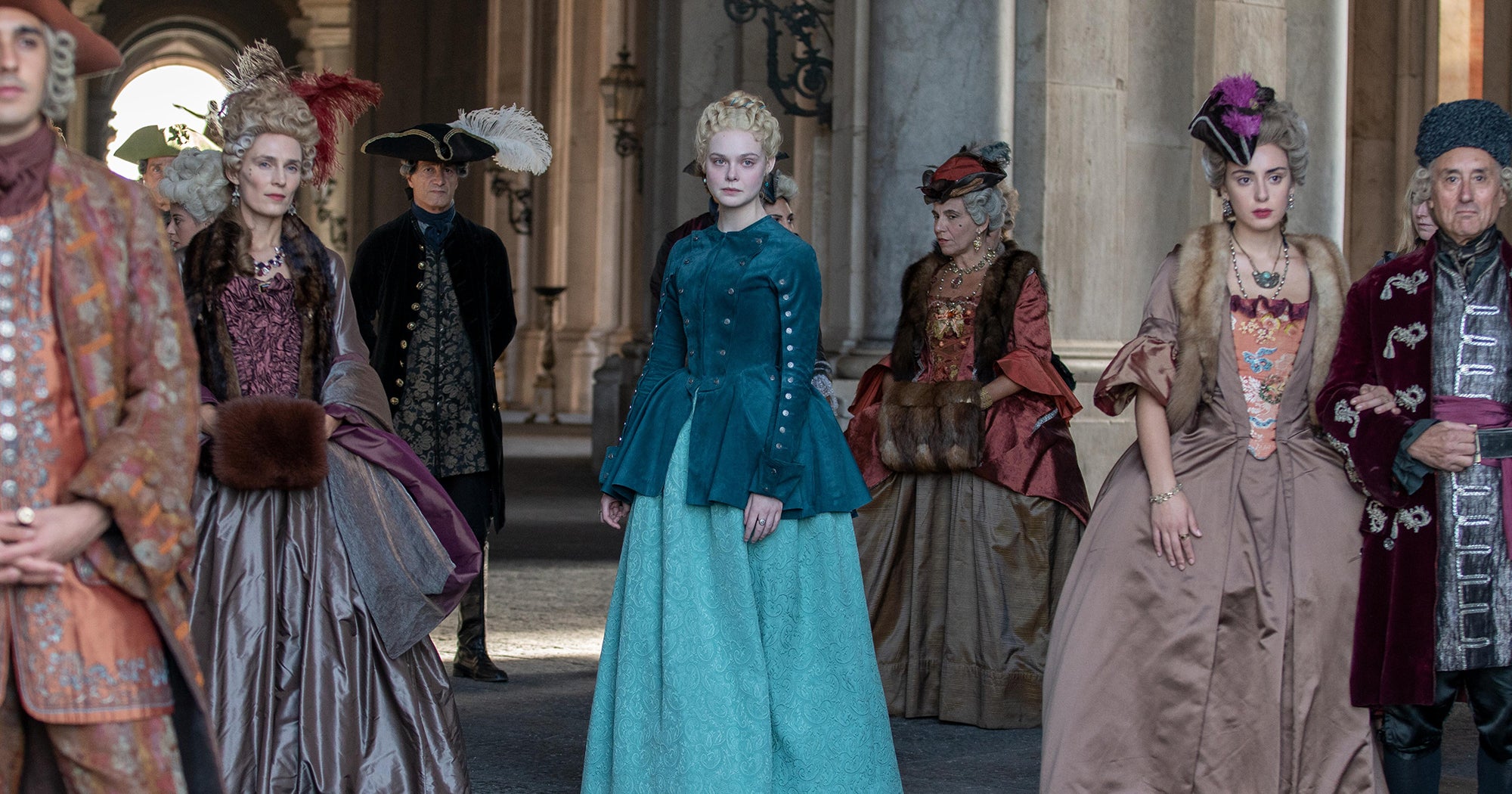
In spite of these divergences from the recorded history, the show is still extremely fun to watch and in some surprising ways, very informative. This kind of portrayal of history seems to be somewhat popular recently with movies like The Favourite (2018) and Apple TV’s series Dickinson. Ahistorical portrayals in media such as The Great are not only enjoyable to watch, but are also used as a vehicle to comment on issues of history that have persisted into modern-day society; making history not only more immediately relevant but also providing new perspectives.
Fact + Fiction
In order to understand how The Great re-frames history, it is important to distinguish between real events and what was changed for the show. The most notable difference is in The Great’s portrayal of Peter the Third. In reality, Peter the Third only held power in Russia for six months and was not nearly as popular with the ladies as The Great portrays him to be. However, the show’s portrayal of him is an exaggeration of some truth, the real-life Peter the Third was known to be an incompetent ruler and a drunk.
The show’s Peter the Third is loud, rude, notoriously known for his affairs, and is extremely clueless when it comes to ruling Russia. These are the main facets of his personality in the show, and it’s hard to believe that the real Peter was relatively dissimilar. Another important change — Peter the Third and Catherine were married for seventeen years before Peter assumed power in Russia after the death of his Aunt, Empress Elizabeth.
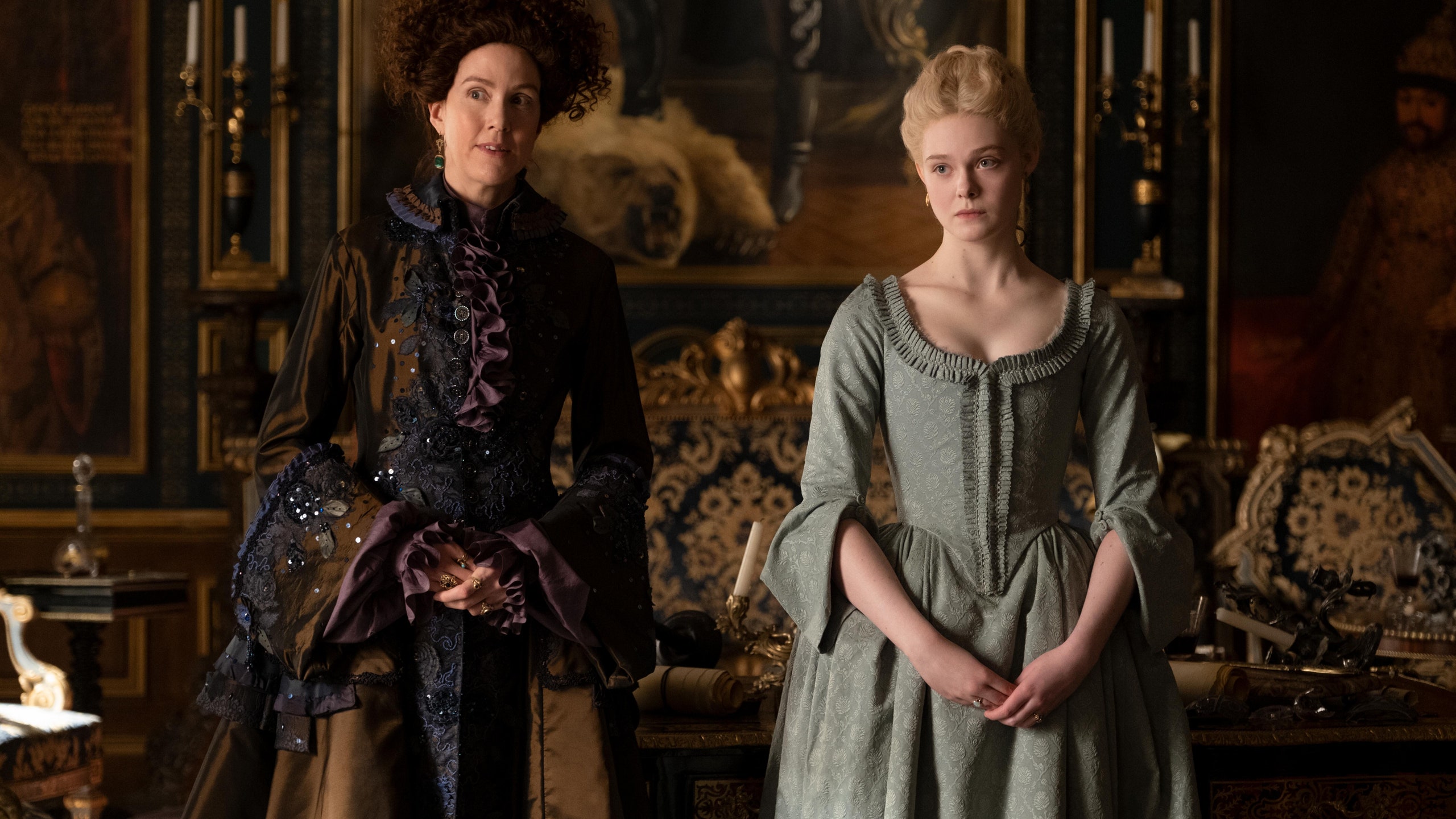
In the show, Elizabeth is shown as an eccentric and cunning woman who never holds the title of Empress, but she did in real life. However, similar to her historic reputation, The Great’s Elizabeth seems to be pulling the strings on certain important events, such as the imprisonment of the young tsar Ivan and mediating the relationship between Catherine and Peter.
So, why did Tony McNamara, the creator and writer of The Great decide to make these vital changes to famous historical characters? It would be easy to say that these changes make the show more comedic and enjoyable to watch, but that is only the surface. These changes make the show more enjoyable, because they make distant historical figures seem more relatable. Peter’s actions seem unconventional, but he possibly resembles someone a viewer may personally know. The relatability of The Great‘s different characters allows the show to reflect and laugh at issues that are still relevant to modern day.
Comedic Commentary In The Great
The Great‘s comments on modern day issues and uses the period piece genre to do so. This isn’t a new function or use of the genre though. Period shows often reflect values and include issues that are meaningful to the audience at the time it was created; this is a way to make the content more personal and relevant.
It also allows viewers to see how issues that still persist into modern-day, such as women’s rights and how it might possibly be discussed during a different time. The Great’s creative liberties with the historical aspect of story-telling allow for viewers to imagine and compare modern handling of issues to historical ones. This creative thinking is seen in other genres as well, most notably future dystopian media, which explores how modern issues might be handled in future eras.
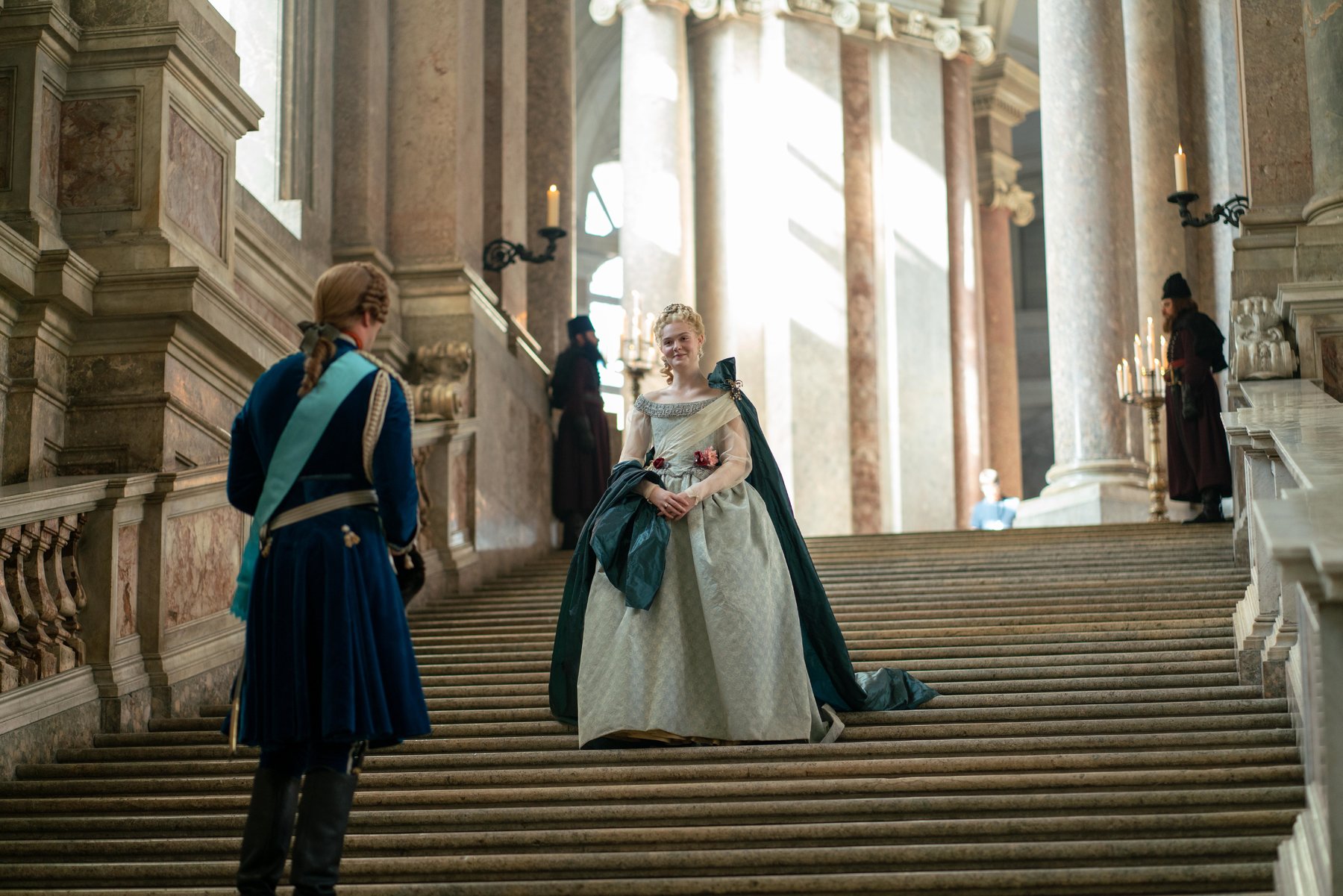
One of the modern topics highlighted in a comedic historical manner in The Great is in episode seven “A Pox On Hope”. Through a combination of witty dialogue and serious discussion, early ideas of the usefulness of vaccines are exchanged during Catherine’s attempt to save her servant Vlad and other members of the palace from succumbing to smallpox.
Catherine also discusses the possibility and dangers of variolation (aka inoculation, an early form of vaccination) with Peter, Doctor Chekhov, Count Orlo, and others in an attempt to get it approved by Peter’s court. Near the end of the episode, to the surprise and horror of the members of the court, Catherine inoculates herself with a smallpox sample taken from a victim.
The Great Comes From Factual History
In actual history, Catherine the Great was one of the first people in Russia to receive this early version of the smallpox vaccine in an attempt to prove its safety and importance to her subjects. She then had her son inoculated and went on to administer over two million more to her Russian subjects, saving millions of lives (( Good Good Good, “Good News In History,” last modified January 7, 2020. )).

The depiction of resistance to the idea of vaccination and science overall in The Great may seem like something for viewers to simply laugh at – the importance of good medical care is undeniable, and the advancements made from investing in the sciences and arts are crucial for the development of a nation. However, this episode, along with many other instances throughout the show, depict parallels between Catherine the Great’s time in Peter the Third’s court and issues faced in twenty-first-century society (( Bianculli, “Hulu Takes On Catherine The Great In A Series That’s More Funny Than Factual,” NPR, May 15, 2020. )).
While Catherine embraces science, arts, innovative thinking, and freedom of the press, her husband is opposed to her ideas and often grossly misunderstands progression as a threat to tradition and his power. This struggle, which many viewers may find extremely relatable, offers insight into the importance of historical fiction and the legacy of media interpretations of historical events.
Depicting History
The Great depicts history while not always being entirely factual. Comedic choices were made to make the show more enjoyable and historical issues more relevant to viewers. Television, film, and other forms of entertainment such as plays, have often been used to comment on issues of modern society in a creative and imaginative manner.
This can famously be seen in William Shakespeare’s ahistorical drama about Julius Caesar. While historical fiction has been around for a long time, the genre has received a lot of scrutiny lately. Expectations of authentic historic based media have risen with the idea that television and film, in particular, should be the provider of historical facts for audiences.
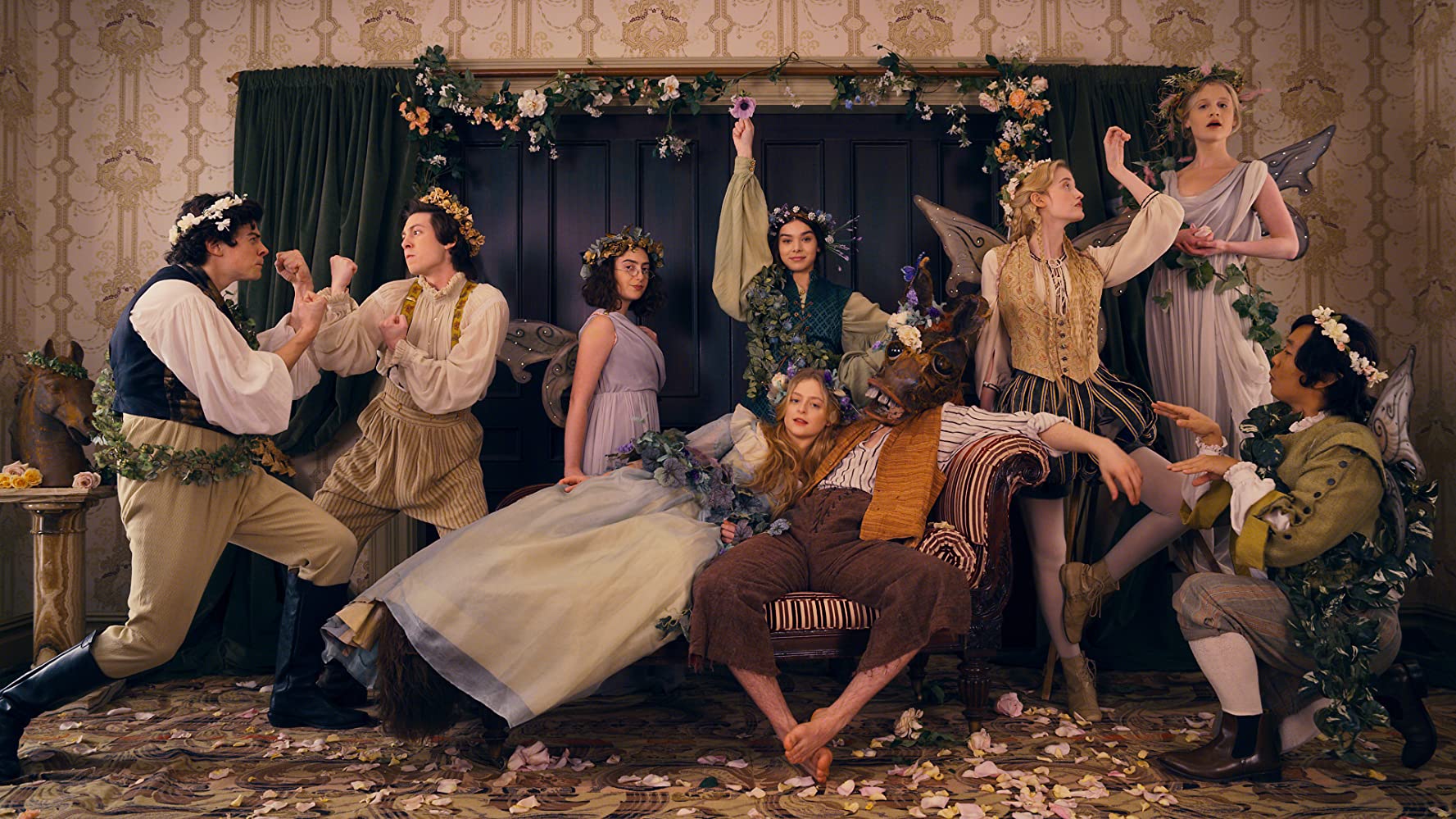
However, that was never the intended purpose of historical fiction. While it is meant to portray history with some accuracy, it is also meant to allow for creative freedom and The Great is a prime example of this in action. Shows such as The Great and Dickinson are products of the revamped history-centered period piece genre, which has changed to become a way to present a “stylized present” for viewers (( Stanford, “This Is Not History’s Catherine The Great,” The New York Times, May 8, 2020. )).
The historical setting, while enjoyable and engaging, is often a way for contemporary lessons to be transmitted (( Donahue, “Fact Through Fiction,” (2014), 84. )). If viewers are aware that what they are watching is not necessarily meant to be taken as historical truth, then the media produced by historical fiction should still be considered important and relevant.
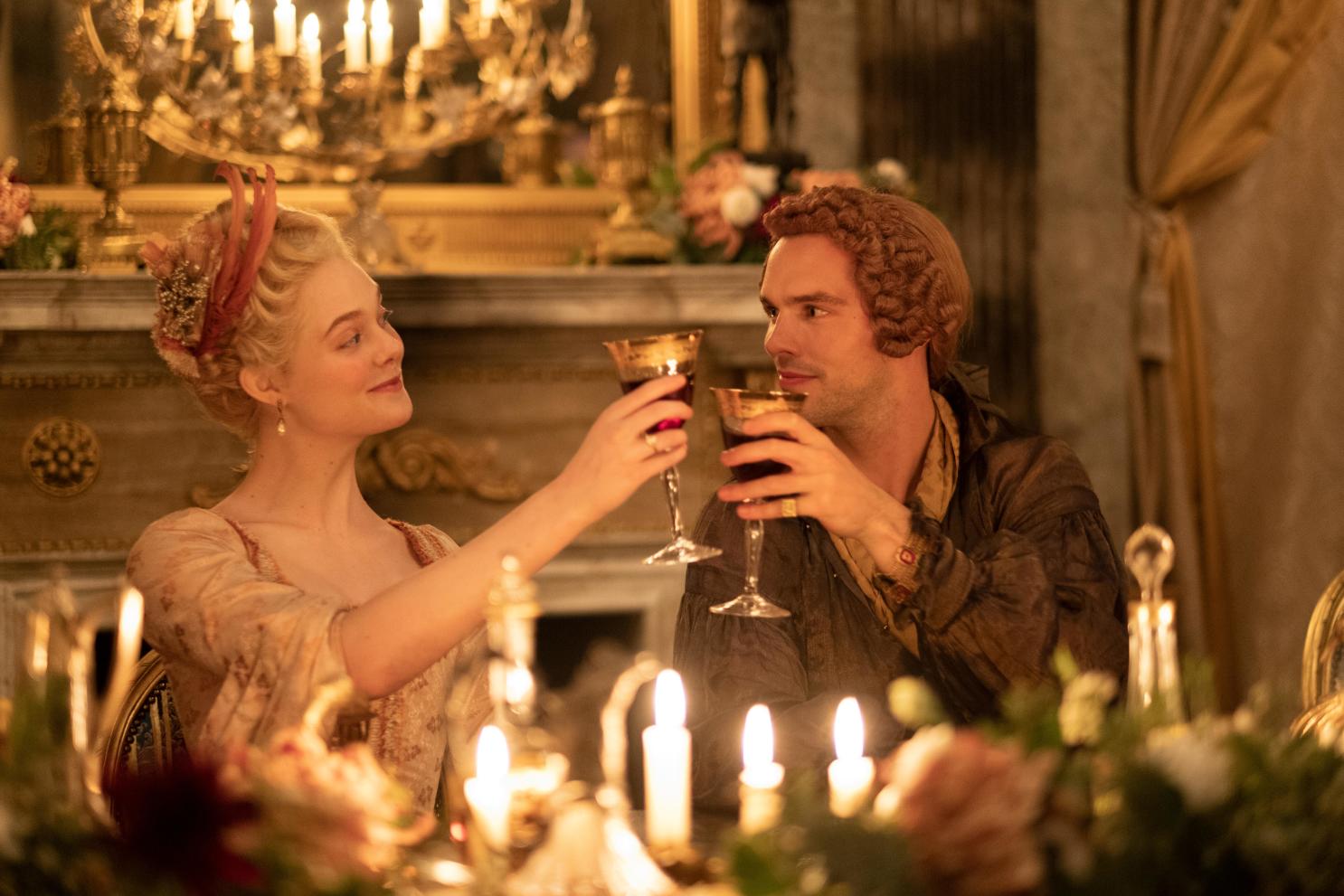
The Great uses Catherine the Great’s legacy, within which vaccination support features prominently, to comment on modern-day struggles between science and religion, and politics and popularity. Viewers learn about Catherine the Great through a lens of comedy and grandiose imagination, but they also reflect upon and learn about their own world views and the processes that affect their every day lives.
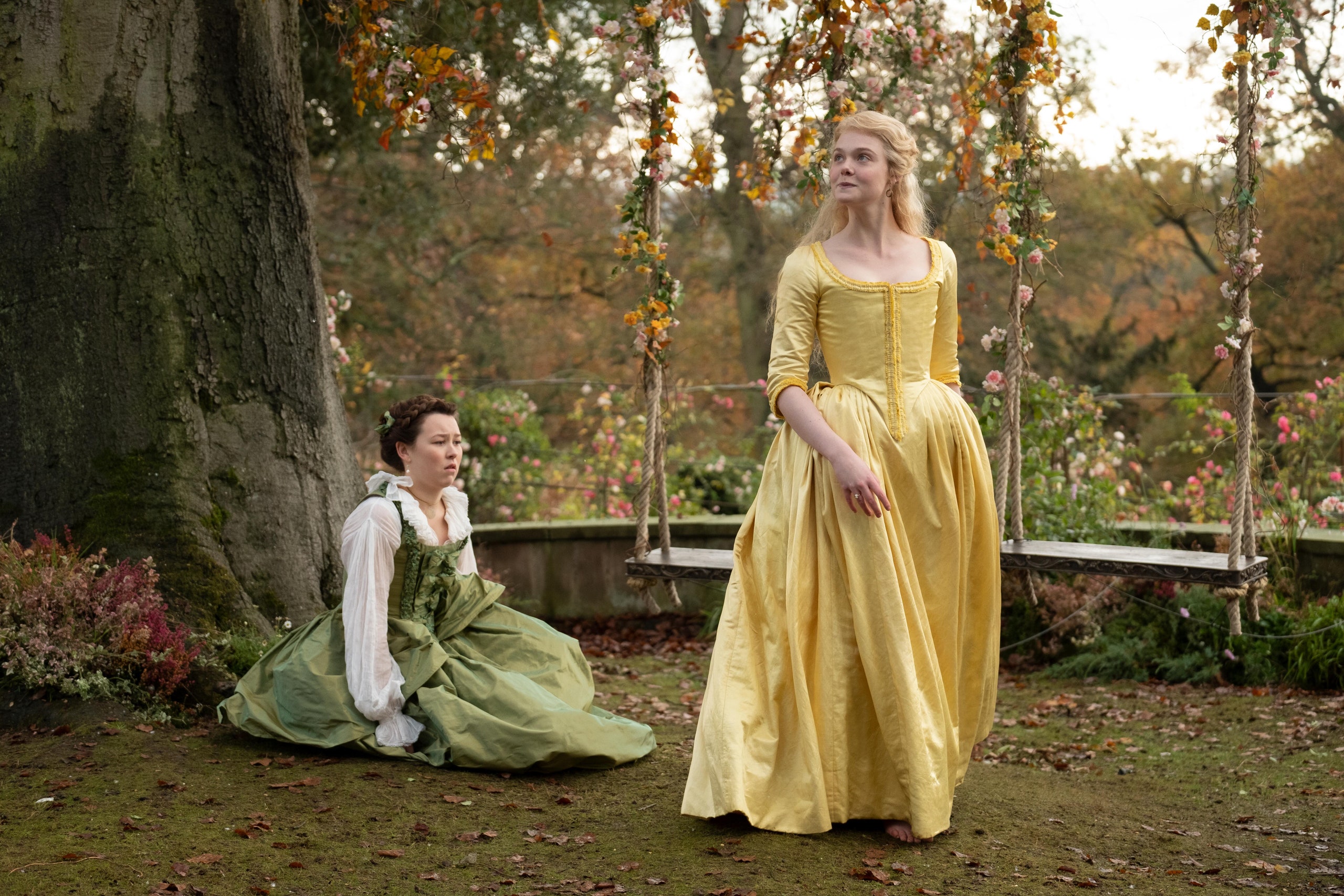
I really enjoyed this show! These are some excellent points about modern parallels and it will be interesting looking for more when my girlfriend and I inevitably dive into season two!